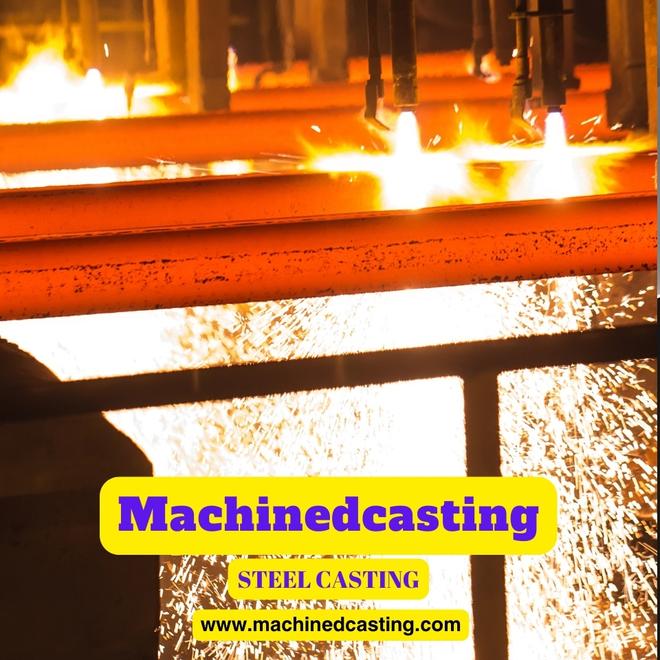Steel casting is a sophisticated metallurgical process that transforms molten steel into intricate and durable components. Whether you're a seasoned foundry professional or a novice looking to delve into the world of metal casting, this guide will provide you with a comprehensive overview and essential tips to ensure your steel casting endeavors are a resounding success.
Understanding the Basics:
-
Material Selection:
- Begin by selecting the appropriate steel alloy based on the desired properties of the final product. Consider factors such as strength, corrosion resistance, and heat resistance.
-
Pattern Making:
- Create a detailed pattern of the intended product using materials like wood, plastic, or metal. The pattern will serve as a template for the mold.
-
Mold Preparation:
- Construct a mold around the pattern using a refractory material, such as sand. Ensure the mold is designed to allow for the proper flow of molten steel and the eventual removal of the finished casting.
-
Melting and Pouring:
- Utilize a high-quality furnace to melt the chosen steel alloy. Maintain precise temperature control to ensure the molten steel is in its optimal state. Pour the molten steel into the prepared mold.
Advanced Techniques:
-
Investment Casting:
- Explore the intricate world of investment casting, a process that utilizes wax patterns and ceramic molds for highly detailed and complex components. This technique is ideal for creating parts with intricate shapes and fine details.
-
Lost Foam Casting:
- Delve into the innovative lost foam casting method, where a foam pattern is used instead of traditional patterns. The foam vaporizes during the pouring of molten metal, leaving a precise and detailed casting in its place.
Quality Assurance:
-
Non-Destructive Testing (NDT):
- Implement NDT methods such as X-ray, ultrasonic, and magnetic particle testing to ensure the integrity of the cast components without causing any damage.
-
Heat Treatment:
- Subject the castings to heat treatment processes to enhance their mechanical properties, such as hardness and toughness. This step is crucial for achieving the desired performance characteristics.
Conclusion: Mastering steel casting requires a combination of technical expertise, precision, and artistic flair. By understanding the fundamentals, exploring advanced techniques, and implementing rigorous quality assurance measures, you can elevate your steel casting capabilities to new heights. Remember, each casting is a unique work of metallurgical art, and with dedication and practice, you can achieve precision and excellence in every pour.


